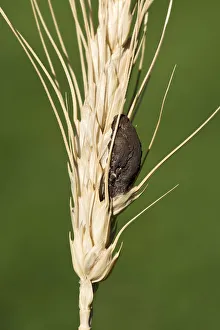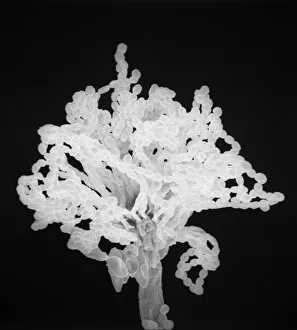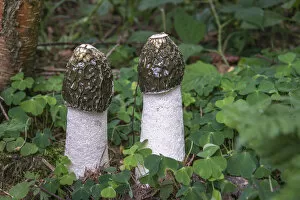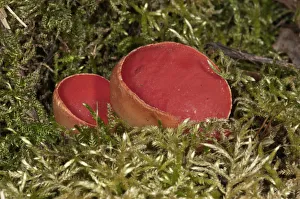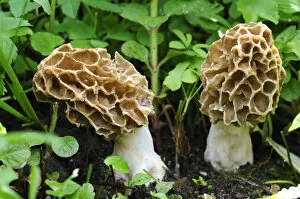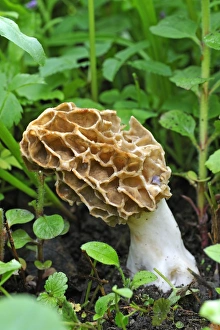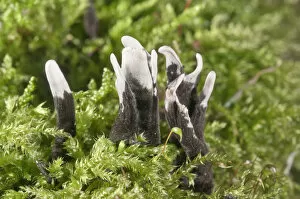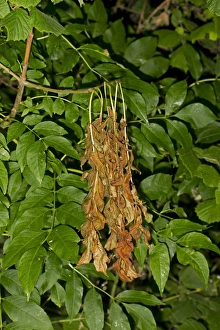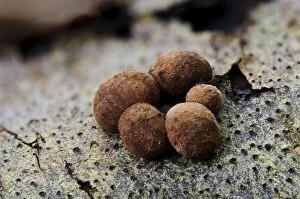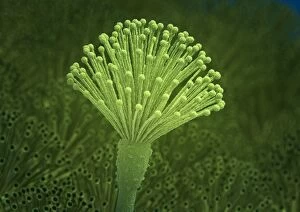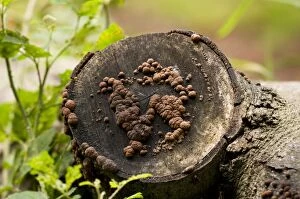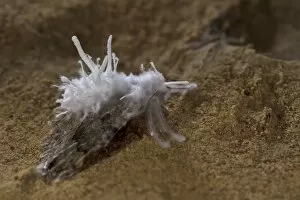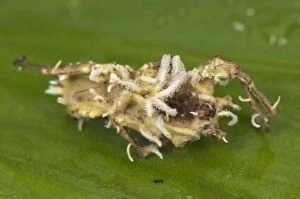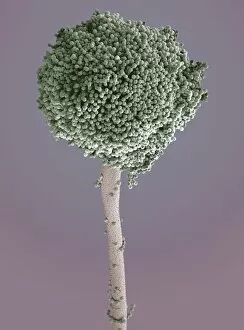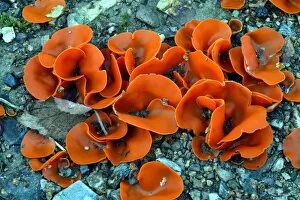Ascomycete Collection
Ascomycetes, a diverse group of fungi, encompass a wide range of fascinating species
All Professionally Made to Order for Quick Shipping
Ascomycetes, a diverse group of fungi, encompass a wide range of fascinating species. From the well-known Aspergillus to the notorious Ergot (Claviceps purpurea) found in Burgenland, Austria, these organisms never cease to amaze us. Take for instance the Gyromitra esculenta, commonly known as False Morel mushroom fruiting amidst grass or the intriguing Common Stinkhorn (Phallus impudicus) thriving in Thuringia, Germany. Exploring further into this fungal kingdom reveals rare gems like the Brown False Morel (Gyromitra fastigiata), which can be spotted in Hainich National Park also located in Thuringia. However, not all encounters with they are pleasant; they can wreak havoc on trees too. The Common Ash (Fraxinus excelsior) often suffers from dieback caused by Ash Dieback (Chalara fraxinea) fungal disease observed in Norfolk. Macro photography allows us to appreciate their intricate beauty up close. Cup Fungi is one such example that captivates with its mesmerizing patterns and textures. Among them stands out the Scarlet Elf Cup (Sarcoscypha coccinea), gracefully emerging from moss-covered landscapes in Lauterach, Wolfstal within Schwabische Alb region of Baden-Wurttemberg, Germany. Venturing deeper into Bavaria's enchanting forests brings forth treasures like Two Black Morels (Morchella elata) discovered in Eckental and another sighting of Black Morel at Middle Franconia - both showcasing nature's artistic prowess. The Candlestick fungus (Xylaria hypoxylon), resembling burnt matchsticks scattered across Baden-Wurttemberg's terrain adds an eerie touch to this captivating world of fungi. Lastly, we encounter Orange Peel Fungus (Aleuria aurantia), growing in woodland, specifically found in Powys, Wales during the month of October.

